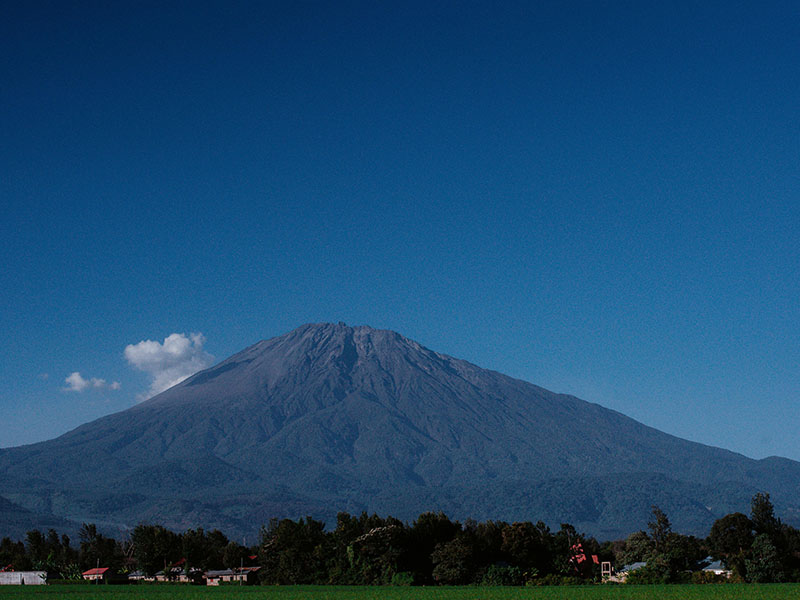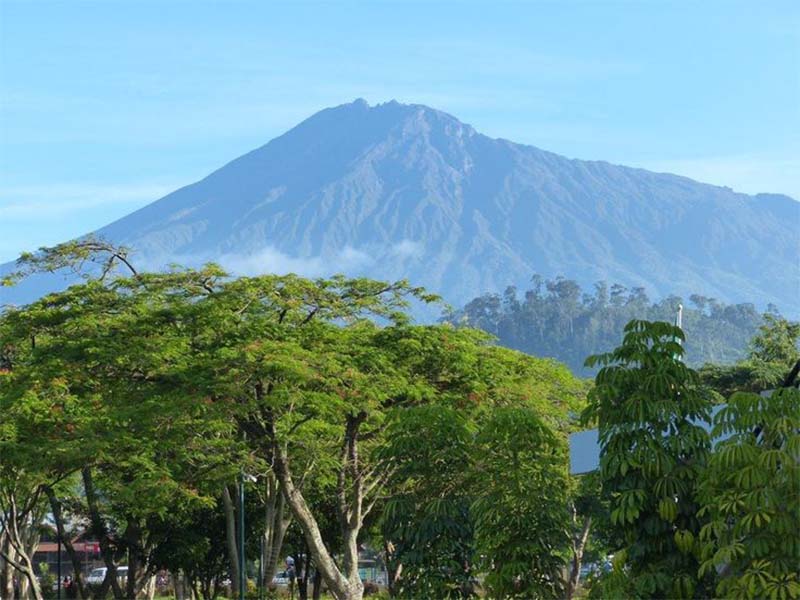
Planning a trek to Tanzania? This majestic mountain, often overshadowed by its taller neighbour, Mount Kilimanjaro, offers a thrilling adventure for those seeking a less crowded, yet equally rewarding experience. In this guide, we’ll cover everything you need to know, from the best time to climb and necessary gear to acclimatisation tips and trail highlights. If you're searching for a climb that's challenging yet accessible, Mount Meru is the perfect solution.
Mount Meru, Tanzania's second-highest mountain, stands at an impressive 4,566 meters (14,980 feet). Despite being less famous than Kilimanjaro, it offers stunning views, diverse wildlife, and a less-travelled path. Climbing Meru can be an excellent way to acclimatise before attempting Kilimanjaro or simply as an adventure of its own. The trail takes you through lush rainforests, past giant fig trees, and onto volcanic craters, offering a truly unique hiking experience.
When planning your climb, timing is crucial to ensure a successful and enjoyable trek. The best time to climb Mount Meru, Tanzania 2024-2025 is during the dry seasons. These typically run from June to October and from late December to February. During these months, the weather is easier to predict, and the trails are less muddy and slippery, making for safer and more comfortable hiking conditions.
Climbing outside of these periods is possible, but you should be prepared for rain, which can make trails slippery and increase the risk of altitude sickness due to rapid weather changes. Additionally, the stunning views from the summit might be obscured by clouds during the rainy seasons.

Proper preparation is key to a successful climb. Here’s what you need to consider before heading to Mount Meru:
The climb typically takes 3-4 days, beginning at the Momella Gate in Arusha National Park. The route takes you through several different ecosystems:

Safety should be your top priority. Here are some tips to keep in mind:
Whether you’re using it as a warm-up for Kilimanjaro or as a standalone adventure, Mount Meru provides an unforgettable journey through one of Tanzania’s most beautiful landscapes. Plan well, prepare adequately, and you’ll be set for an adventure of a lifetime on the slopes of Mount Meru.
| Mountain >> | Mt Kilimanjaro | Mt Meru | |
| Main Points | Peaks / | Uhuru Peak (formally King Wilheim Spitz Peak) 5895m Mawenzi Peak – 5149m Shira – 4006m | Socialist Peak – 4565m Little Meru – 3820m |
| Structure | Triple strato volcano | Central strato volcano | |
| Approx Age | 1 million years | 365,000 years | |
| First Ascent | 1889 – Hans Meyer & Ludwig Purstcheller | 1904 - Fritz Jäger | |
| Last Eruption | 60,000 years ago, with smaller ash eruptions inKibo up to 300 ya | 1910 – lava flow from central area | |
| Firstsighting | European | Johann Rebmann - 1848 | |
| Why hike / climb? | Tallest freestanding mountain in the world, amazing scenery | Non- technical, beautiful views, shorter hike, great acclimatisation for Kili | |
| Status | Dormant | Dormant | |
